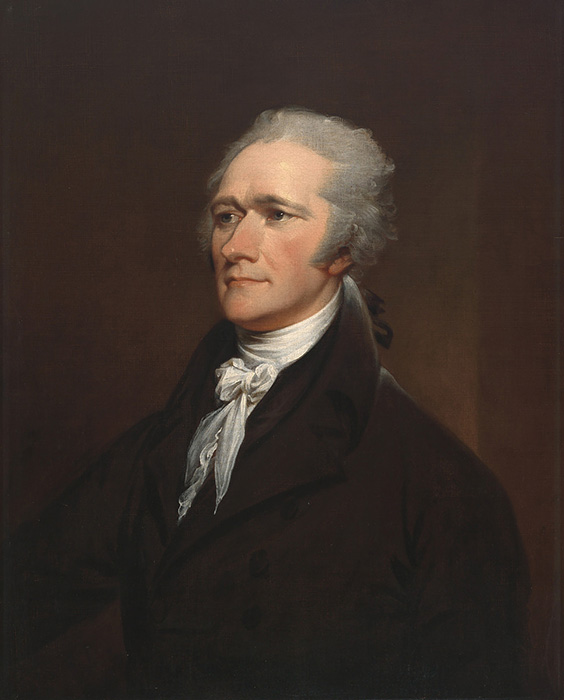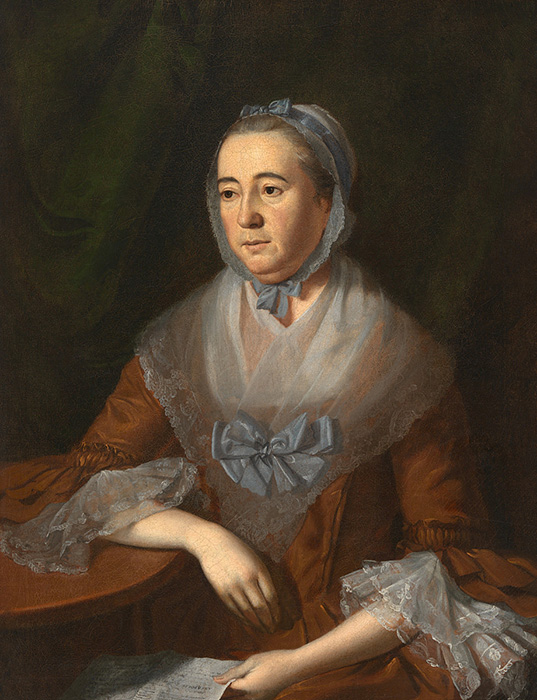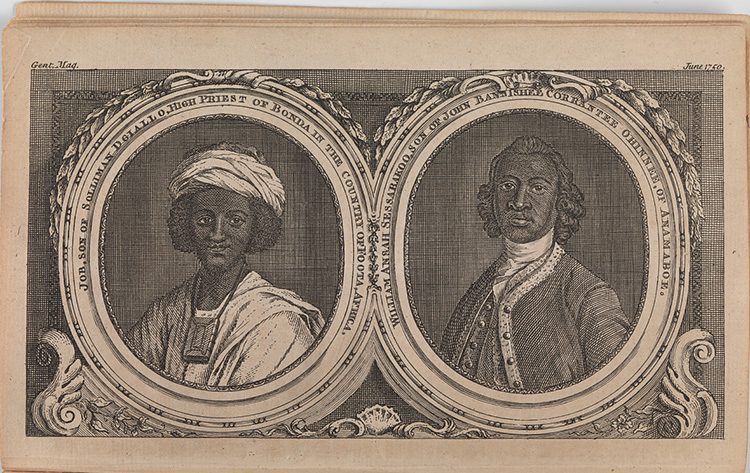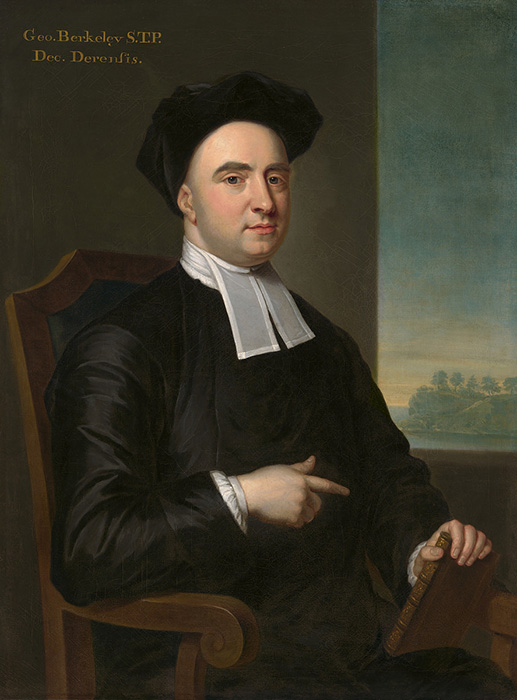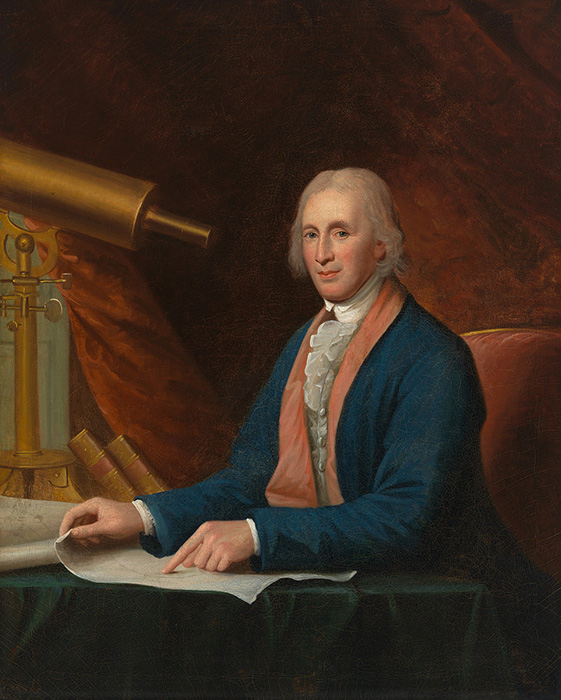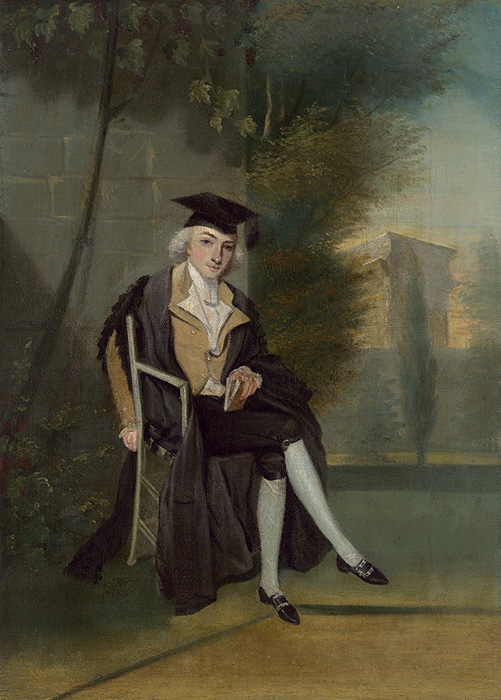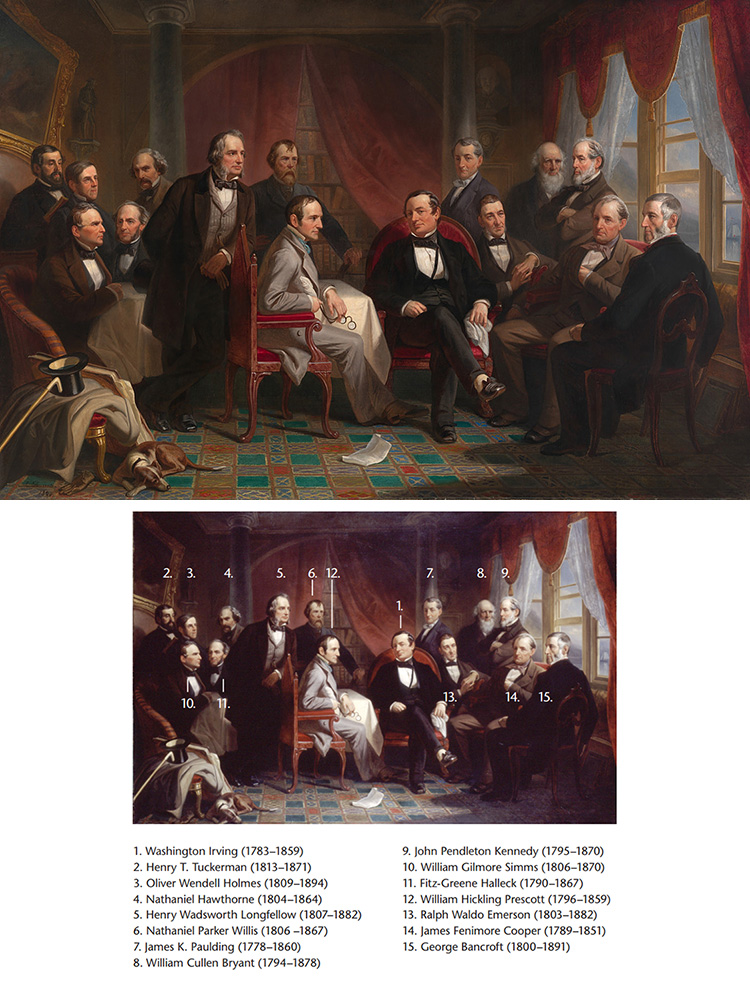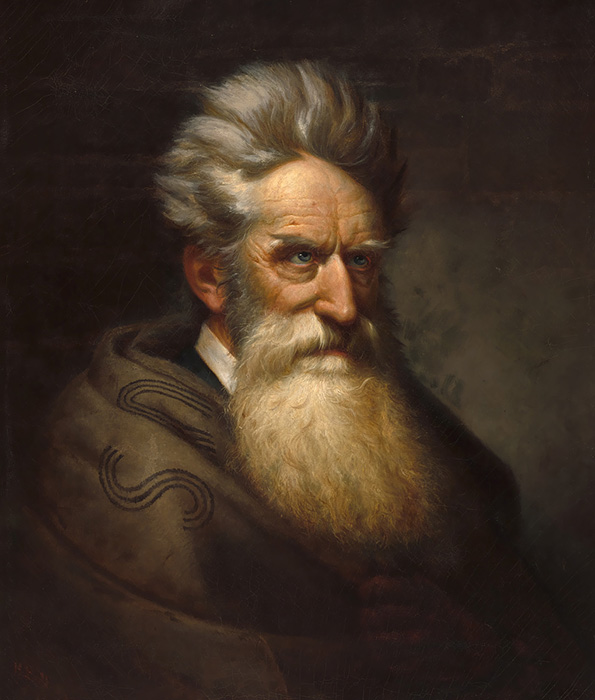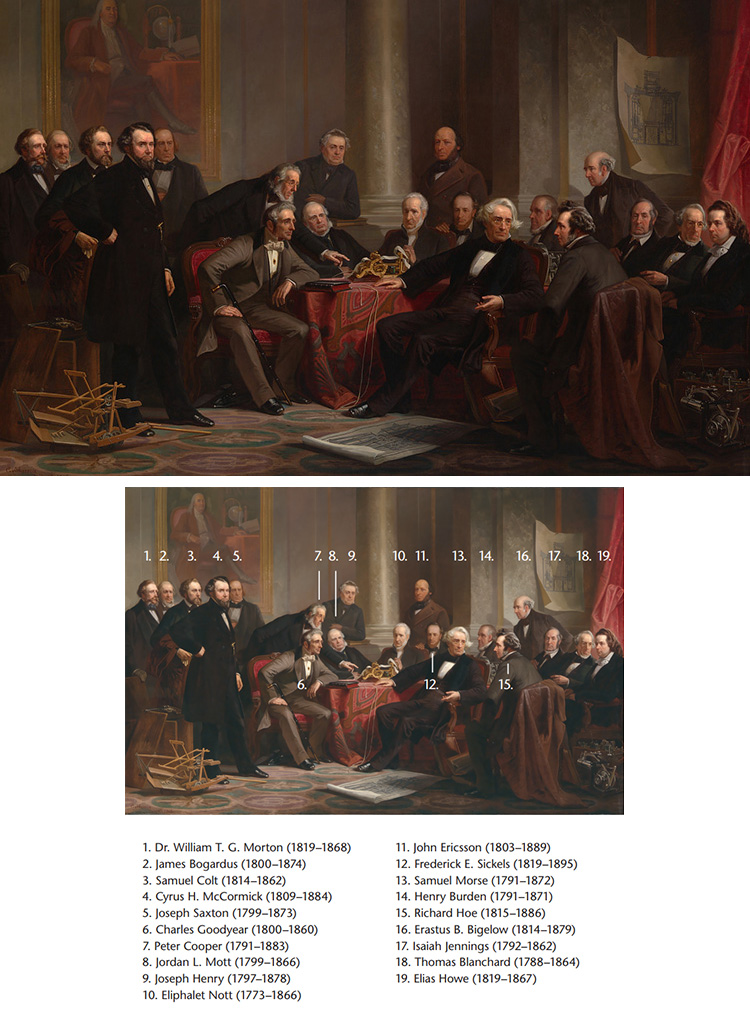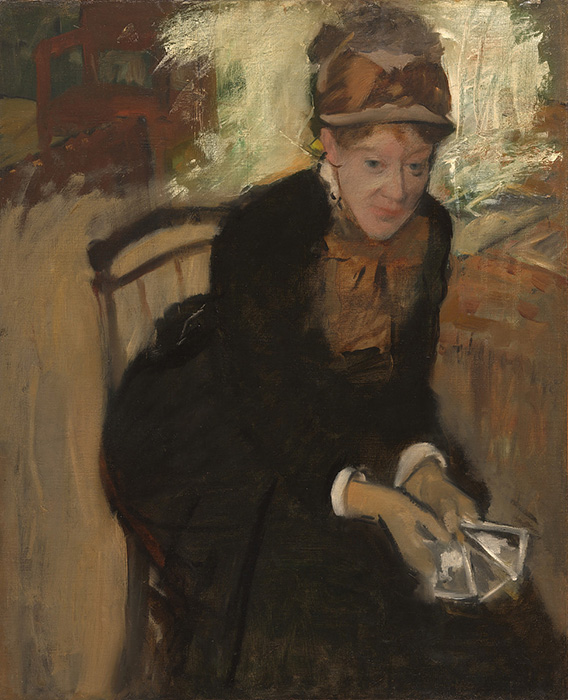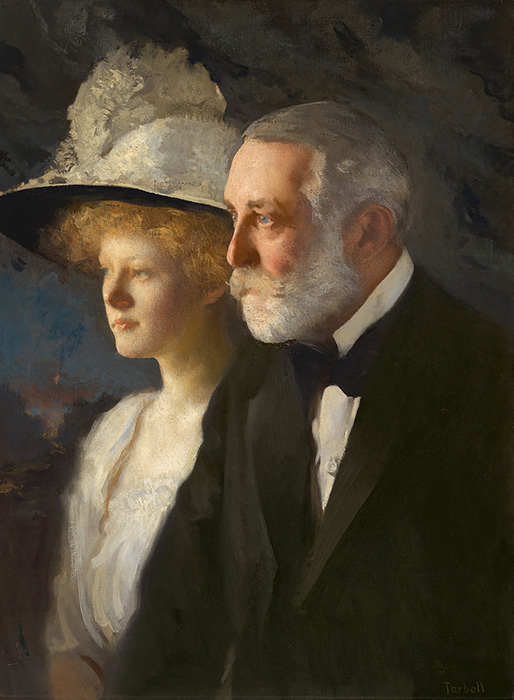Grant and His Generals
Left to right: Thomas C. Devin (1822–1878), George A. Custer (1839–1876), Hugh J. Kilpatrick (1836–1881), William H. Emory (1811–1887), Philip H. Sheridan (1831–1888), James B. McPherson (1828–1864), George Crook (1828–1890), Wesley Merritt (1834–1910), George H. Thomas (1816–1870), Gouverneur Kemble Warren (1830–1882), George G. Meade (1815–1872), John G. Parke (1827–1900), William T. Sherman (1820–1891), John A. Logan (1826–1886), Ulysses S. Grant (1822–1885), Ambrose E. Burnside (1824–1881), Joseph Hooker (1814–1879), Winfield Scott Hancock (1824–1886), John A. Rawlins (1831–1869), Edward O. C. Ord (1818–1883), Francis Preston Blair Jr. (1821–1875), Alfred H. Terry (1827–1890), Henry W. Slocum (1827–1894), Jefferson C. Davis (1828–1879), Oliver O. Howard (1830–1909), John M. Schofield (1831–1906), Joseph A. Mower (1827–1870)
After the Norwegian artist Ole Peter Hansen Balling had sketched President Abraham Lincoln at the White House in the fall of 1864, he obtained permission to paint life portraits of leading Union generals. Balling joined General Grant at City Point, Virginia, during the campaign against Richmond and spent five weeks there sketching officers in the field. Philip H. Sheridan was painted while in the Shenandoah Valley; the portraits of William T. Sherman and George H. Thomas were done in Washington, D.C., after the war’s end. The image of George A. Custer, second from the left, is thought to be the only portrait painted of him from life.
Ole Peter Hansen Balling (1823–1906)
Oil on canvas, 1865
Gift of Mrs. Harry Newton Blue in memory of her husband, Harry Newton Blue (1893–1925), who served as an officer of the Regular U.S. Army, 1917–25
Grant y sus generales
De izquierda a derecha: Thomas C. Devin (1822–1878), George A. Custer (1839–1876), Hugh J. Kilpatrick (1836–1881), William H. Emory (1811–1887), Philip H. Sheridan (1831–1888), James B. McPherson (1828–1864), George Crook (1828–1890), Wesley Merritt (1834–1910), George H. Thomas (1816–1870), Gouverneur Kemble Warren (1830–1882), George G. Meade (1815–1872), John G. Parke (1827–1900), William T. Sherman (1820–1891), John A. Logan (1826–1886), Ulysses S. Grant (1822–1885), Ambrose E. Burnside (1824–1881), Joseph Hooker (1814–1879), Winfield Scott Hancock (1824–1886), John A. Rawlins (1831–1869), Edward O. C. Ord (1818–1883), Francis Preston Blair Jr. (1821–1875), Alfred H. Terry (1827–1890), Henry W. Slocum (1827–1894), Jefferson C. Davis (1828–1879), Oliver O. Howard (1830–1909), John M. Schofield (1831–1906), Joseph A. Mower (1827–1870)
Luego de dibujar al presidente Abraham Lincoln en la Casa Blanca en el otoño de 1864, el artista noruego Ole Peter Hansen Balling obtuvo permiso para pintar del natural a los principales generales de la Unión. Balling acompañó al general Grant en City Point, Virginia, durante la campaña contra Richmond y pasó cinco semanas dibujando a los oficiales en el campo. Philip H. Sheridan fue pintado en el valle de Shenandoah; los retratos de William T. Sherman y George H. Thomas se hicieron en Washington D.C., terminada la guerra. Se cree que la imagen de George A. Custer, segundo desde la izquierda, es su único retrato pintado del natural.
Ole Peter Hansen Balling (1823–1906)
Óleo sobre lienzo, 1865
Donación de la Sra. de Harry Newton Blue en memoria de su esposo, Harry Newton Blue (1893–1925), quien fue oficial del Ejército Regular de EE.UU., 1917–25




